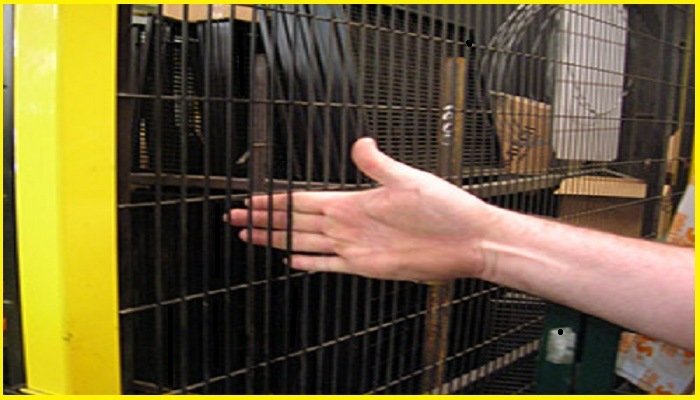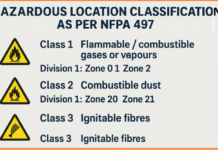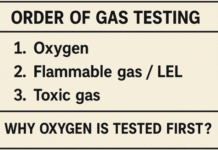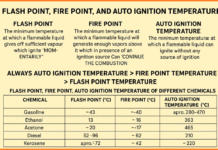Meaning of Ergonomics:
As explained by W.T Singleton in ILO Encyclopaedia, the literal meaning of ‘ergonomics’ is the study, measurement, and organization of the work. It is concerned with making purposeful human activities more effective. The focus of the study is the person interacting with the engineering environment. The designer should consider the complexity arising from human nature and his limitations. To consider human factors, it studies anatomy, anthropometry, biomechanics, and psychology as useful sciences. To consider the design aspect of work, systems, workspace, environment, interface, and work situation, it studies technology. Thus an ergonomist is expected to take an overall view and identify the key design aspects for particular people engaged in particular tasks.
As explained by K. Kogi, a Regional advisor to ILO, ergonomics is a useful tool for fitting work to people, not people to work. ‘Ergon’ means work and ‘nomos’ means the habit of law. Thus ergonomics is for the purpose of solving the problems of work habits. It requires designing of proper workspace, working posture, reach, seat, controls, knob, brake, display, communication, skills, work intensity, sufficient time for rest, good environment, clear understanding and providing platforms or lift tables, carts, trans) ort ways, proper storage racks, buffer stocks, good lighting, ventilation and housekeeping, proper guards and good welfare facilities. Thus ergonomic principles include comfortable posture, balanced and easy motions, adequate rest and enough variety.
As a science, ergonomics studies anatomy, physiology, and psychology. Anatomy includes anthropometry and biomechanics. Anthropometry, the measurement of man provides the dimensional data needed for the positioning of controls and the size of workspaces. Statute (height up to the head), ye height, shoulder height, elbow height, knuckle height (up to the plan of hanging hand), sitting height, shoulder width, breadth across elbows, upward reach, sideways reach, forward reach, hand length, hand bread, etc., are main human dimensions as stated by W.T. Singleton. Biomechanics is concerned with the application of forces by the human body. This requires knowledge of the locations of the main muscle groups, their composition and their modes of action.
Physiology includes work physiology & environmental physiology. Work Physiology is concerned with the human process of energy production & considers human process energy, oxygen uptake capacity, etc. Environmental physiology provides measures of the stress and standards of reasonable parameters of climate, light, noise, vibration, etc. Their effects on human behavior are studied.
Psychology considers various facto described in Chapter-3 and also some theories such as human performance theory based on an information model of the human operator, learning and skill theory and training and organization theory for work and system designs. Such psychological theories say about human error – why people make mistakes. Many times guards, controls and protective equipment are provided but operators fail to use them. Why do they do so is important questions which can be replied by psychological study only. Effective audio-visual information, choice reaction times, information processing capacity, memory, attention, distending, fatigue effects, interaction with other people, morale, group behavior, etc. are useful factors to use guards and safe job methods will be minimized. Such human factors must be considered while designing any machine or work.
Explaining the historical part, King and Magad state in their book (Ref. No. 4 at the end of this chapter) that this word was first used in 149 when the society, the Ergonomics Research Society was founded in Britain including anatomists, physiologists, psychologists, industrial medical officers, industrial hygienists, design engineers, work-study engineers, architects, illuminating engineers and other. In the USA the terms ‘Human Engineering’ and ‘Human Factors Engineering’ are used to cover the same field. Biomechanics and Engineering Psychology are other expressions used.
Aims of Ergonomics
Its Aims of ergonomics are:
- To facilitate whatever a person wishes to do and to ensure that he does it comfortably and efficiently. Efficiency includes effective work without detrimental health effects and minimization of risk to the operator and others.
- The work, working conditions, plant, and infrastructure should be so designed that they are best fitted to the workers. The purpose is not to fit workers to any awkward, unsafe, unhealthy or uncomfortable work. But the purpose is to design or provide work and working conditions comfortable for the workers.
- To minimize the possibility of human error or mistake. To ensure industrial activities with minimal use of energy and materials and without waste resulting from mistakes.
- To develop knowledge and techniques by the combined use of many expertise and systems approach.
- To solve human problems of work performance by considering human factors in the design of machines and work and safe job methods which are explained in the following part.
Work and machines. Some such factors are:
- Increased stress.
- Uninterested work.
- Errors and accidents.
- Work-related diseases.
- Awkward body position causing difficulty.
- Repetitive tasks producing boredom and tiredness.
- Confusing signals causing human errors in a hurry.
- Bent or awkward posture while handling heavy materials and causing back pain.
- Perceptual limitation.
- Short term memory.
- Incompatibility in the man-machine relationship.
- Risk or chance taking.
- Position or location not suitable to a worker such as unsuitable work height, seat, the layout of control and displays.
- Organization of heavy work.
- Environment.
It may not be possible to incorporate all these factors in the machine or work design. Administrative measures, safety training, signs and signals, work scheduling, supervisor observation, plant lay psychological and medical measures and workers’ co-operation may also be necessary.






